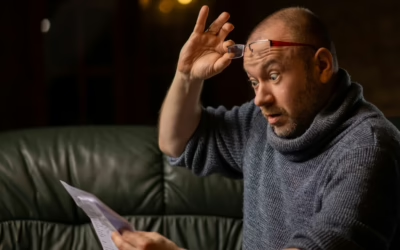What’s the fuss? There has been a huge amount of coverage – as well as some scams – on what might happen on 1 July. Today we update you on the facts so you can better understand if super changes are relevant and if, therefore, some action will be required. First up,...
Kaye Fallick

Three ways to reach your retirement sweet spot
There’s no such thing as a perfect job, marriage or retirement life. We can always aim for perfection, but most mature adults soon realise that a ‘good enough’ situation usually suits them just fine.
When it comes to retirement, the ‘good enough’ framework means hitting your own particular ‘sweet spot’. This involves
having enough income to feel comfortable
knowing that you are continuing to live within your means, and
having peace of mind that there are no nasty financial surprises around the corner.
If this sounds like your sort of sweet spot, too, then how can this goal be achieved? One useful way to plan or review your retirement income options is to concentrate on a series of three very different, but related, actions.
Planning to retire in June or July?
Make sure you read this first The end of one financial year or the beginning of another is a very popular time to step back from full-time work. Of course some people are ‘age’ driven and respond to a very specific birthdate trigger such as Preservation Age (usually...



